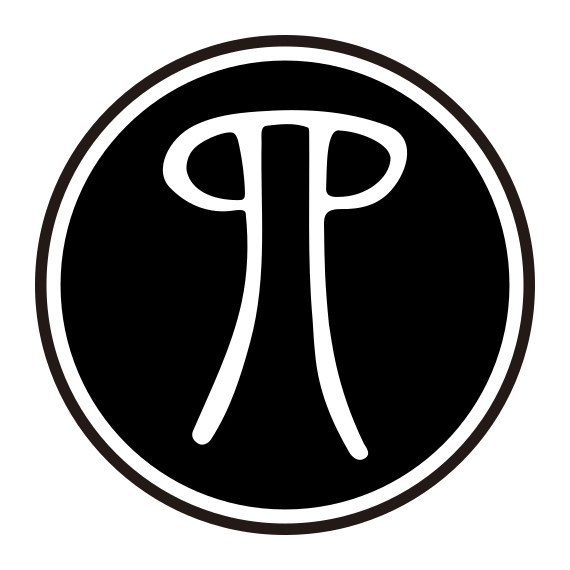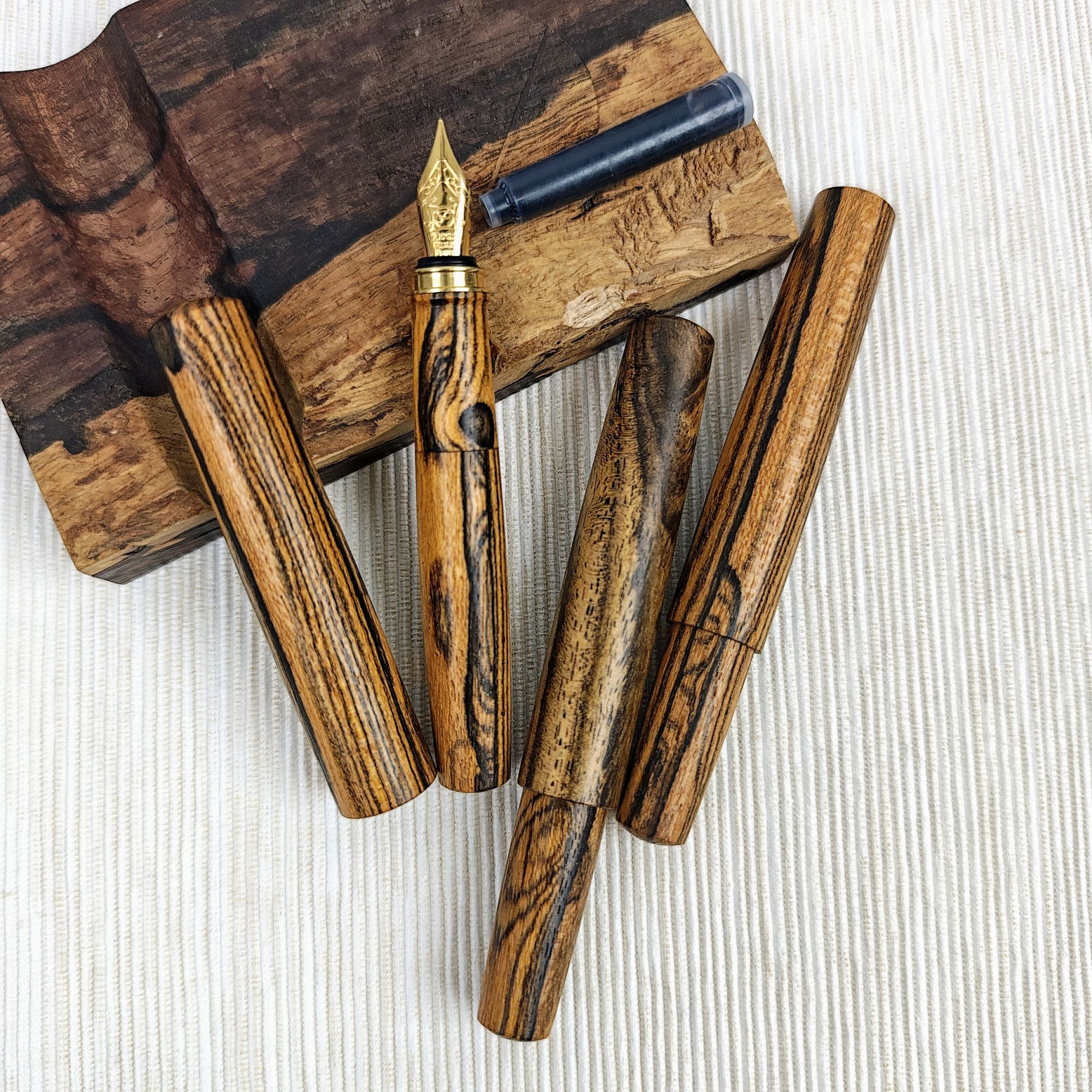Note: Bocote is sometimes called Golden Sandalwood in certain regions, though they are botanically different, both share similar golden hues and premium qualities
When I first started working with bocote, I honestly wasn’t prepared for how this Central American wood would challenge my assumptions about what makes great fountain pen material. The raw lumber looked promising enough, but it wasn’t until I turned my first bocote blank that I realized I was working with something genuinely special.
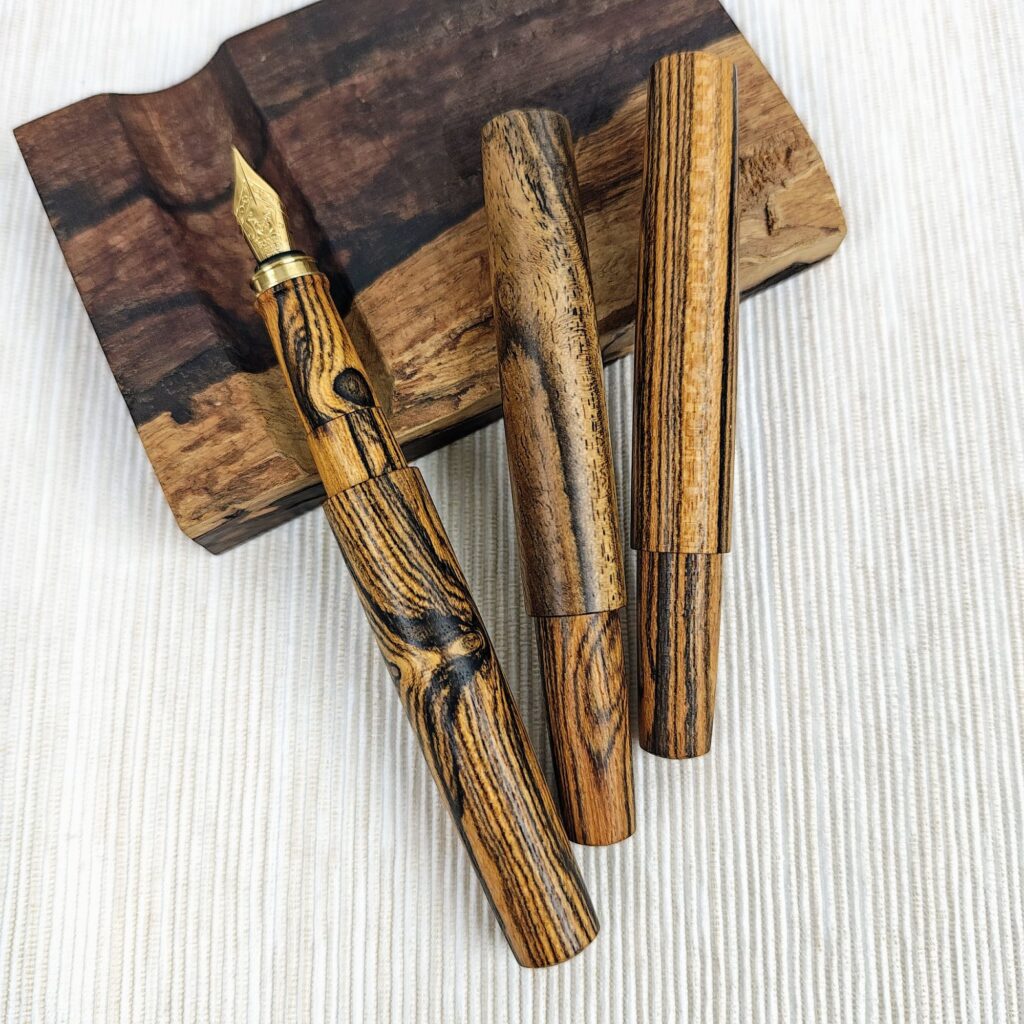
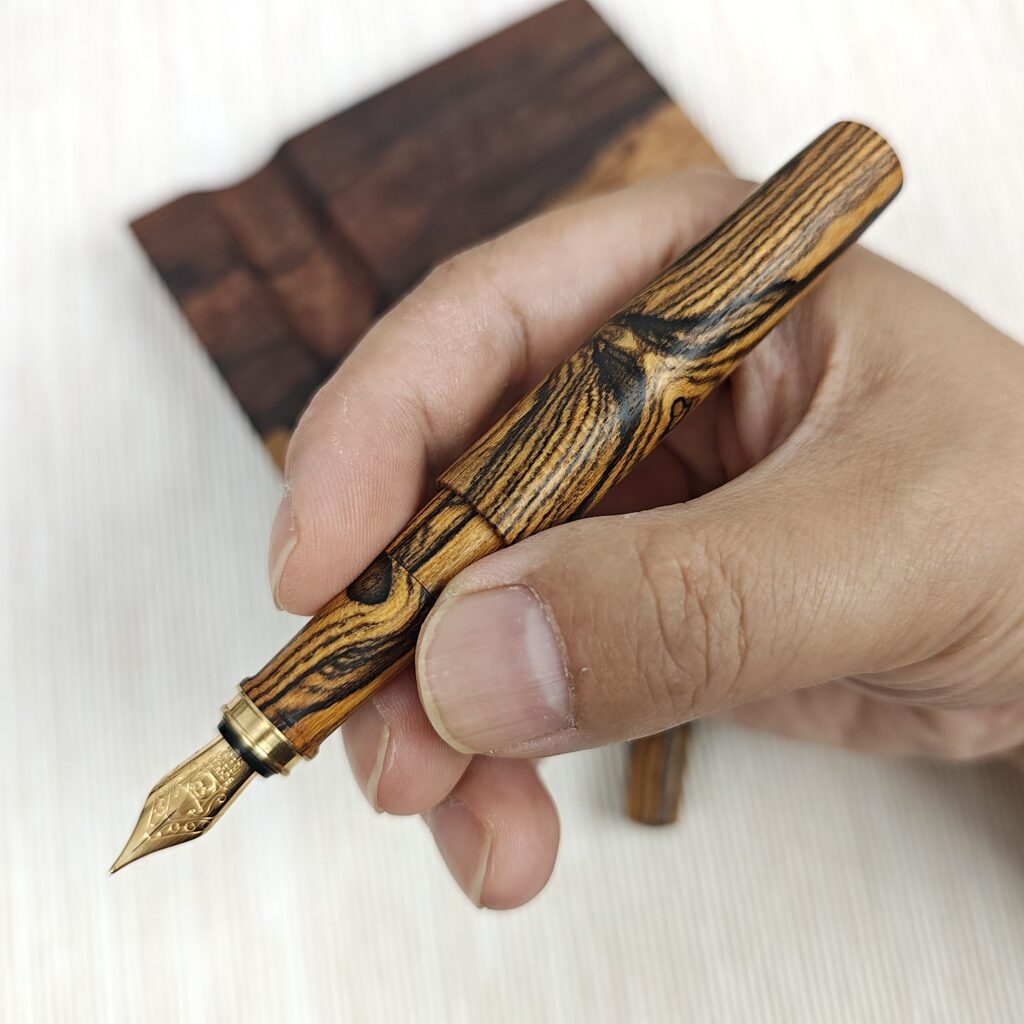

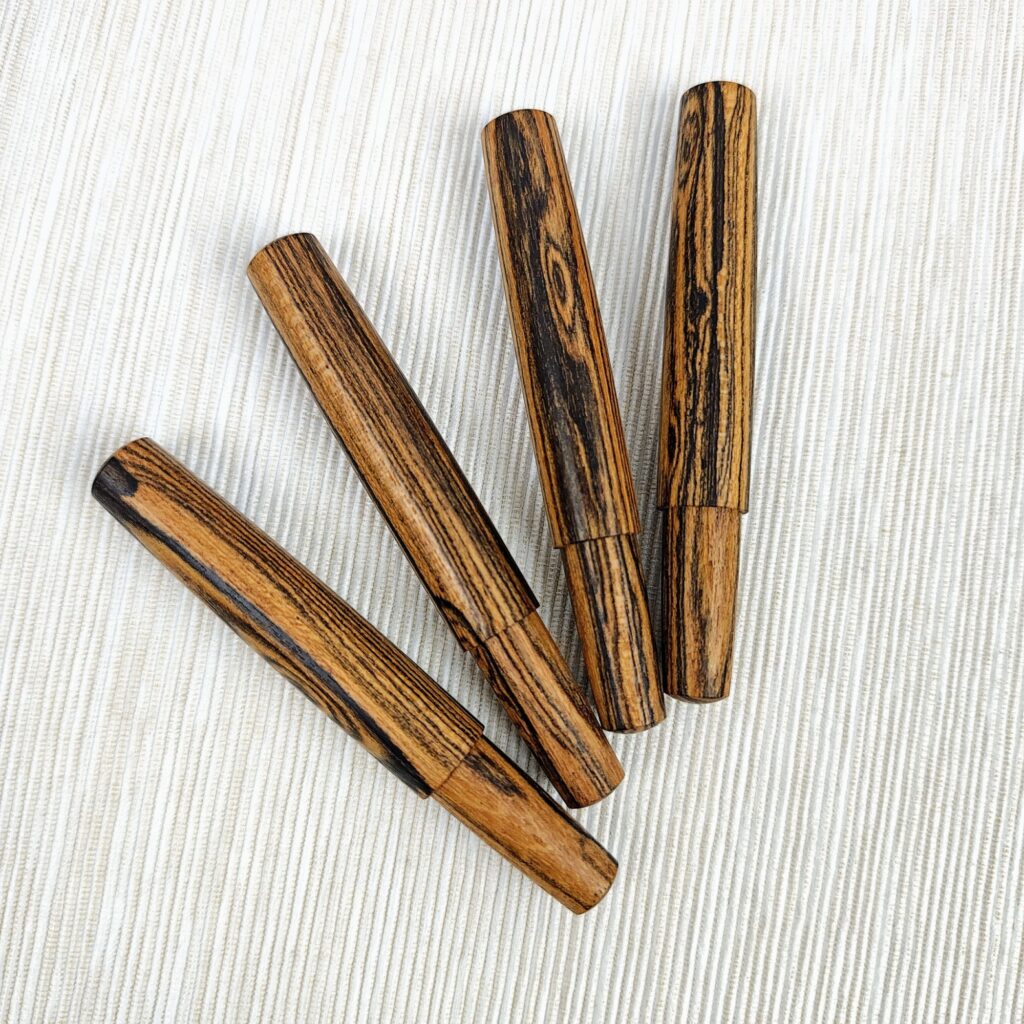
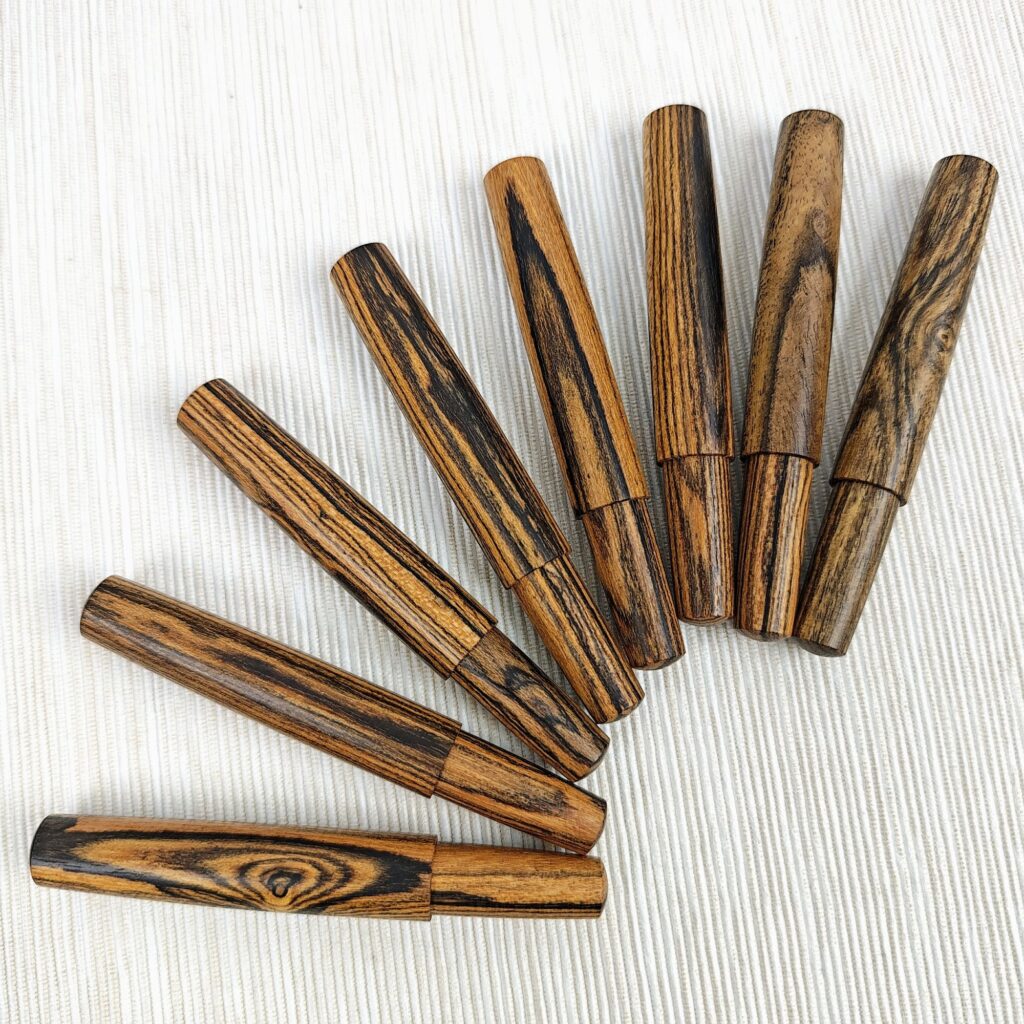
Why Choose Bocote
Wood Background
Bocote originates from the tropical forests of Mexico and Central America, where mature trees reach 65-100 feet tall. This substantial tree size means we can source larger, more stable wood blocks—crucial for crafting high-quality fountain pens.
Core Physical Properties
Weight and Feel
Bocote has a specific gravity of 0.68-0.85, weighing about 53 pounds per cubic foot, providing substantial heft without being overwhelming. When you pick up a bocote pen, you immediately feel that solid, confident balance.
Durability Performance
In Janka hardness testing, bocote achieves 2,010 lbf, meaning it truly resists daily wear. I’ve seen bocote pens used for years that still maintain their sharp appearance—without the accumulated scratches or surface wear common in softer materials.
Stability
The wood’s elastic modulus reaches 1,767,000 lbf/in², providing exceptional rigidity and dimensional stability. This translates to threads that stay tight and caps that maintain perfect fit over long-term use.
Visual Characteristics
Unique Grain System
Bocote’s patterns are unmatched in pen making. The wood displays dramatic dark brown to black stripes against golden-brown backgrounds, creating effects ranging from delicate pinstripes to bold contrasting waves. No two pieces look identical.
Color Range
Base tones typically span from golden yellow to rich brown, with those distinctive dark grain lines providing striking contrast. Some display subdued earth tones, while others show almost zebra-like bold striping.
Real-World Usage Experience
Daily Use Feel
Bocote pens feel solid and reliable in hand—the proper density prevents the hollow sensation some materials can exhibit. Through daily use, the surface develops a smooth, warm patina while maintaining its natural texture.
Visual Enjoyment
The bold grain patterns make every bocote pen a conversation focal point. Under different lighting, the contrast between light and dark areas shifts, creating visual depth that changes throughout the day.
Unique Character
Unlike many precious woods requiring careful handling, bocote possesses honest, durable qualities. It’s beautiful without being delicate—built for daily use, not just display.
Craftsman’s Perspective
Working Properties
Bocote machines cleanly with sharp tools and finishes excellently. The wood’s natural oils help protect the surface while allowing dramatic grain patterns to show clearly.
Material Selection Standards
I look for wood with strong color contrast and interesting grain flow. The best bocote should display bold patterns while lacking voids or defects that could compromise structural integrity.
Cost Considerations
Bocote falls into the premium exotic wood category—while not our most expensive material, it definitely sits above domestic hardwoods. The combination of beauty and durability justifies this investment.
Comparison with Other Materials
Bocote offers unique qualities compared to our other materials:
- More dramatic than ebony – while ebony is uniformly deep, bocote displays bold pattern variations
- Denser than most exotic woods – provides more substantial feel than lighter tropical woods
- Different appeal from sandalwood – focuses on visual impact rather than aromatic properties
- More stable than many figured woods – less prone to warping or cracking
Care Instructions
Daily maintenance is simple:
- Simple cleaning – soft cloth easily removes fingerprints and oils
- Storage – room temperature environment, avoid extreme humidity changes
- Avoid – harsh cleaners or abrasive polishing that might wear the finish
- Long-term care – occasional light natural oil application maintains luster
The wood’s natural density and oil content help resist minor impacts and surface wear.
Is Bocote Right for You?
You’ll love bocote if:
- You appreciate bold, dramatic natural patterns
- You want substantial weight and solid feel
- You prefer materials with proven durability
- You favor pens that create visual impact
- You enjoy conversations that unique pieces generate
Consider other options if:
- You prefer subtle, uniform appearances
- You need the lightest possible writing weight
- Budget is the primary consideration
- You prefer aromatic properties over visual effects
The Bottom Line
Bocote doesn’t try to be anything other than what it is—a genuinely stunning tropical hardwood that happens to make exceptional fountain pens. The bold grain patterns never become tiresome, and the solid feel assures you this pen is built to last.
When I hand customers their first bocote pen, the reaction is usually immediate—they first notice the dramatic patterning, then the solid, confident weight. This combination of visual impact and physical quality defines the bocote experience.
Ready to experience bocote craftsmanship? [View our Bocote Collection →]
Common Questions About Bocote Fountain Pens
Q: Will the dramatic patterns distract from writing? A: These patterns are visually striking when you observe the pen, but don’t interfere with writing focus. Many users find this visual interest actually enhances their writing experience.
Q: How consistent are grain patterns between different pens? A: Each piece is unique—that’s part of bocote’s charm. We select wood with strong patterns, but exact appearance varies. Photos show representative samples, not exact matches.
Q: Does bocote require special care compared to other woods? A: No special requirements beyond normal wood pen care. The natural oils and density actually make bocote more forgiving than many exotic materials.
Q: How does bocote change over time? A: The contrast between light and dark areas typically becomes more pronounced with age and use. The overall appearance deepens and develops character rather than fading.
Q: Is this the same wood as “Mexican rosewood”? A: Bocote is sometimes called Mexican rosewood in common usage, though it’s not true rosewood (Dalbergia species). The scientific name Cordia distinguishes true bocote from similar-looking woods.
